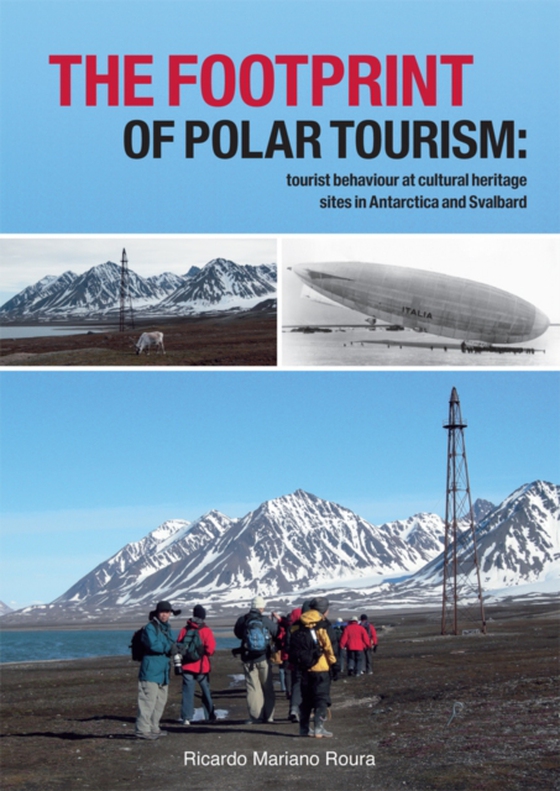
Footprint of Polar Tourism e-bog
106,39 DKK
(inkl. moms 132,99 DKK)
This thesis aims to describe and interpret the effects of tourism on historic sites in Antarctica and Svalbard (also known as Spitsbergen), and to assess the implications for management. Explorers, whalers, seal hunters, scientists and others have left many material remains in the Polar Regions that are significant because they tell the history of the exploration and exploitation of these regio...
E-bog
106,39 DKK
Forlag
Barkhuis
Udgivet
31 december 2011
Længde
306 sider
Genrer
1DN
Sprog
English
Format
pdf
Beskyttelse
LCP
ISBN
9789491431593
This thesis aims to describe and interpret the effects of tourism on historic sites in Antarctica and Svalbard (also known as Spitsbergen), and to assess the implications for management. Explorers, whalers, seal hunters, scientists and others have left many material remains in the Polar Regions that are significant because they tell the history of the exploration and exploitation of these regions. Contemporary polar tourism represents a new phase in this exploration and exploitation of the Polar Regions. The potential for the transformation of historic sites has increased following the substantial expansion of polar tourism in recent decades. Key cultural heritage sites are regularly included in standard tourist itineraries and are also the subject of specialized tourism. In this context, the central research question of this thesis is: What are the effects of tourism on polar historic sites, and what are the implications of this for the management of tourism and these historic sites?
 Dansk
Dansk

